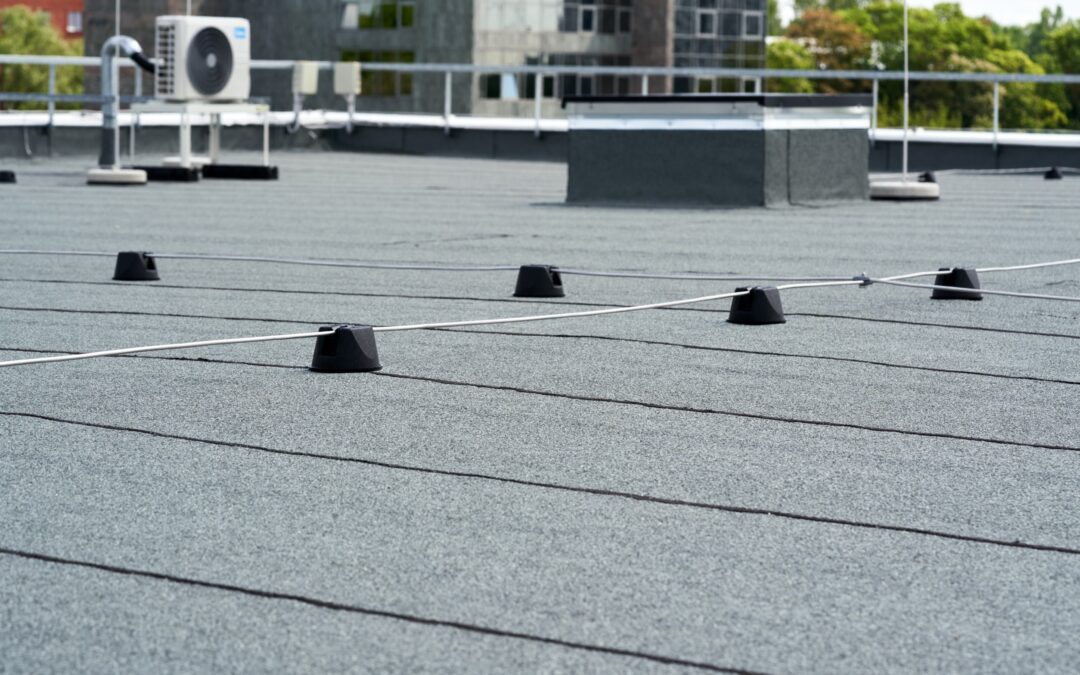When it comes to roofing installation, it’s essential to understand the process and what to expect. Whether you’re a business owner planning to enhance your commercial space or a project manager overseeing a new development, the process of installation is a significant milestone.
Continue reading to learn the aspects of commercial roofing installation so that you can be well-prepared for your next project.
Inspection and Assessment
Before starting the installation, it is important to conduct a detailed examination and evaluation of your existing roof. This step allows the roofing professional to assess the current roof’s condition, spot any structural concerns, and decide on the appropriate materials and methods for the project. Additionally, this phase is when the contractor will give you an estimated cost and the projected timeline for the work.
Material Selection
The selection depends on various factors, including budget, climate, and building requirements. Common materials for commercial roofs include single-ply membranes, modified bitumen, metal, and built-up roofing. Your roofing contractor will help you decide which material best suits your needs.
Permits and Regulations
In many cases, getting permits and following local building rules is a must for commercial roofing jobs. Your roofing expert will take care of the needed paperwork and guarantee that the installation meets all the needed regulations. This part is crucial to steer clear of legal problems and make sure your new roof complies with the rules.
Removal of Existing Roof
In most cases, you must remove the existing roof before installing the new one. This involves tearing off the old roofing material, inspecting the underlying structure, and making necessary repairs. It’s a labor-intensive process, but it ensures the new roof is installed on a sound foundation.
Roof Deck Preparation
The roof deck, which serves as the base for your new roof, must be prepared correctly. This may involve repairing or replacing damaged sections, adding insulation for energy efficiency, and ensuring the deck is clean and debris-free. Proper roof deck preparation is crucial for the success of your roofing project.
Installation of New Roofing Material
The exact method might change based on the material picked, but it usually includes attaching, securely fastening, or fusing the roofing material to the roof deck. Roofing experts utilize specialized tools and skills to ensure a tight seal and the installation is done correctly.
Flashing and Sealing
Flashing is used to seal roof penetrations, such as vents, skylights, and HVAC systems while sealing ensures no gaps or openings in the roofing system. This meticulous attention to detail is key to the long-term performance of your roof.
Final Inspection and Quality Assurance
After the installation, your roofing contractor will conduct a final inspection to ensure everything meets the required standards. This inspection includes checking for visible defects, ensuring proper drainage, and confirming that you follow all safety measures.
Clean-Up and Debris Removal
The roofing installation process can generate a significant amount of debris. Your contractor will be responsible for cleaning up the work area, removing all waste materials, and leaving your property in a clean and safe condition.
If you’re looking for a trusted partner to handle your commercial roofing installation, look no further than Cipollini Roofing. With us, you’ll receive a professionally installed, long-lasting roof that will safeguard your commercial property for years to come. Contact us for more details!


